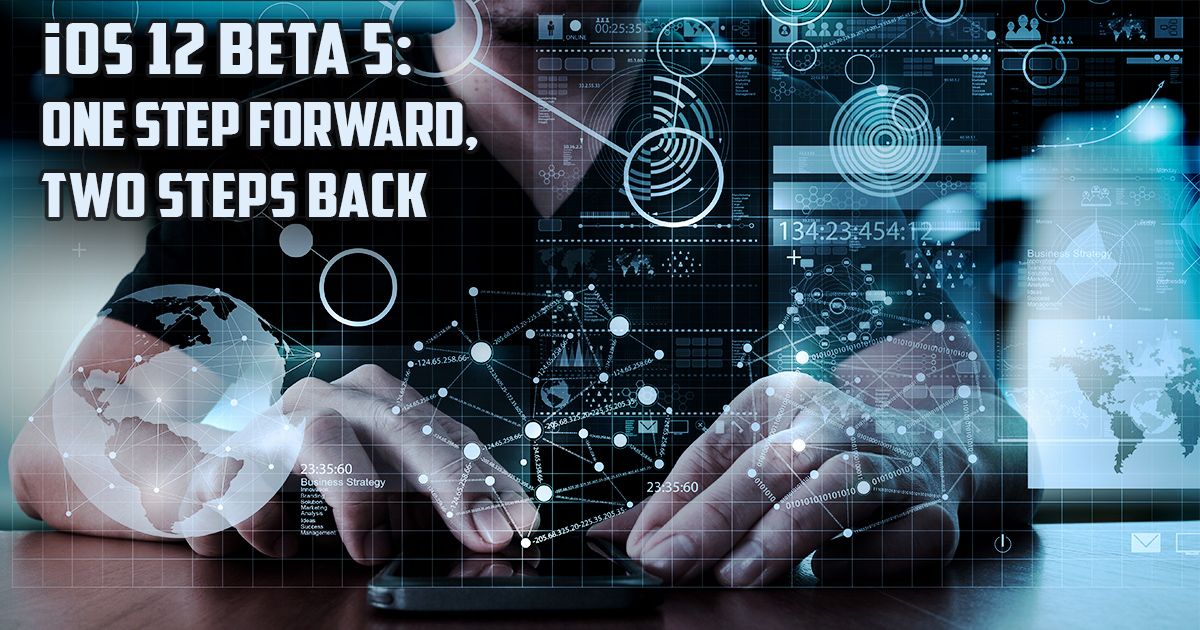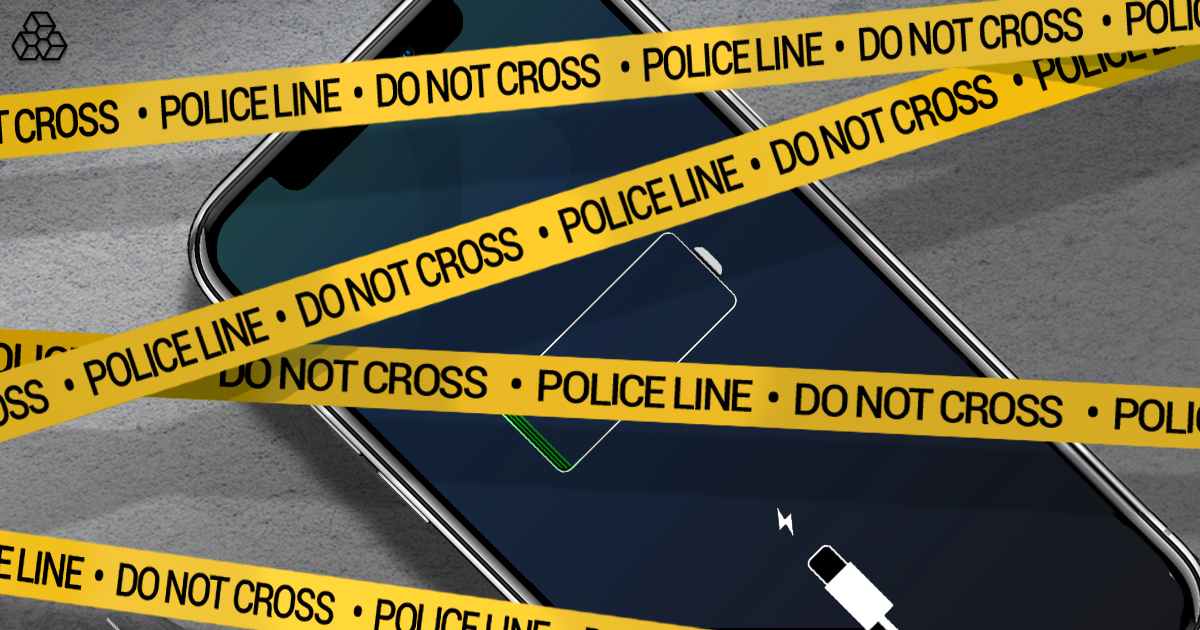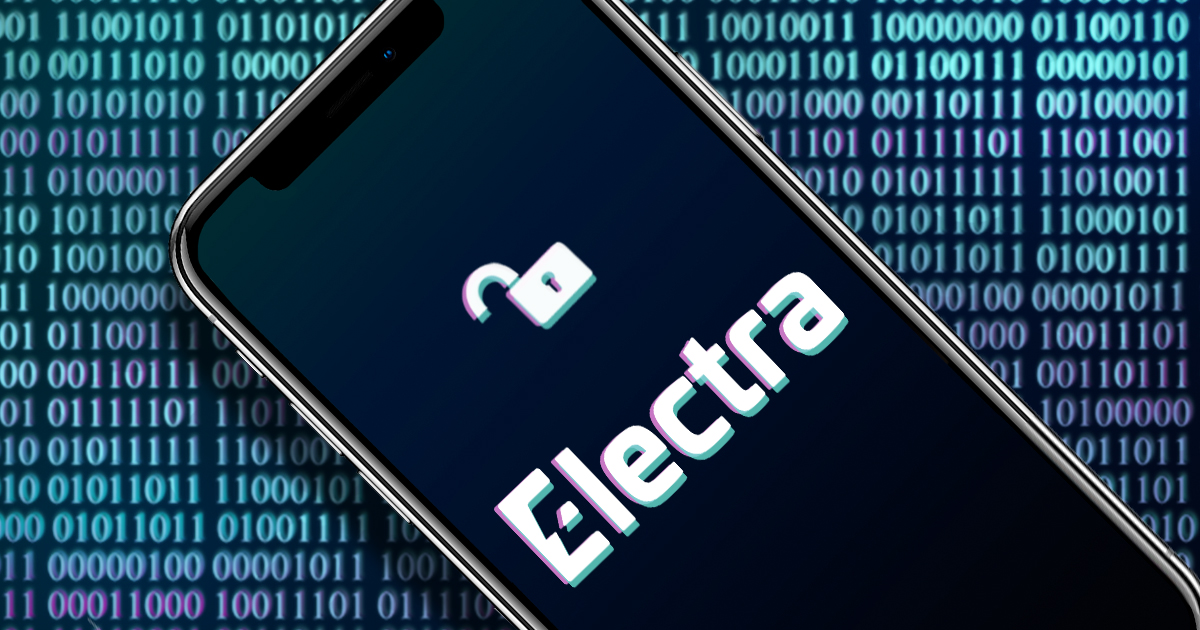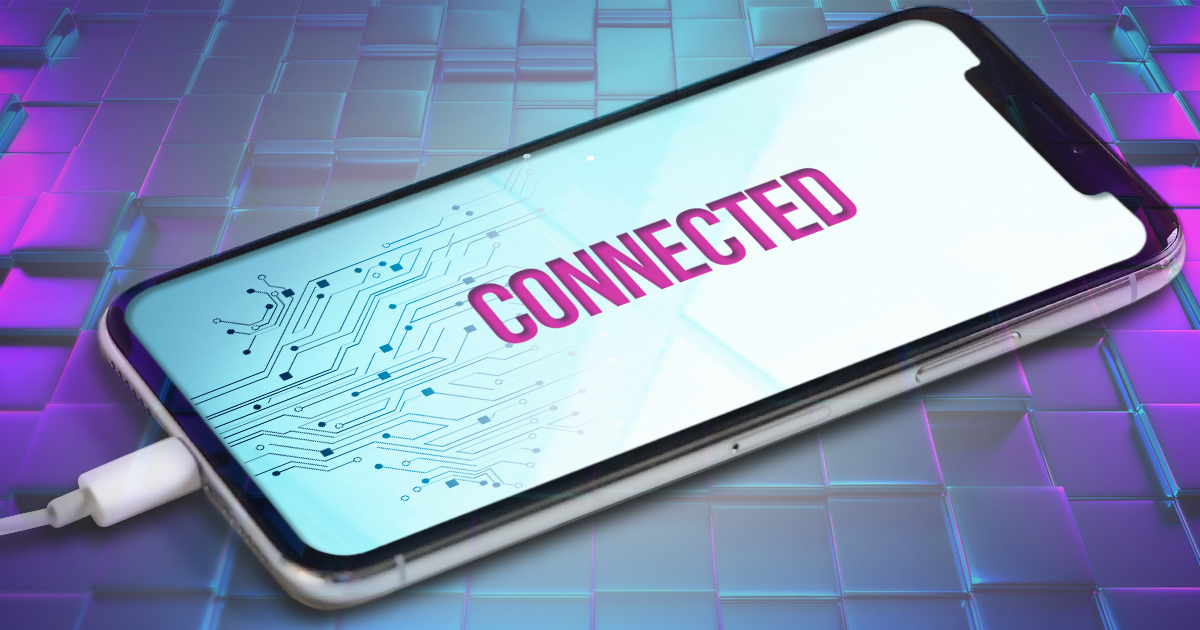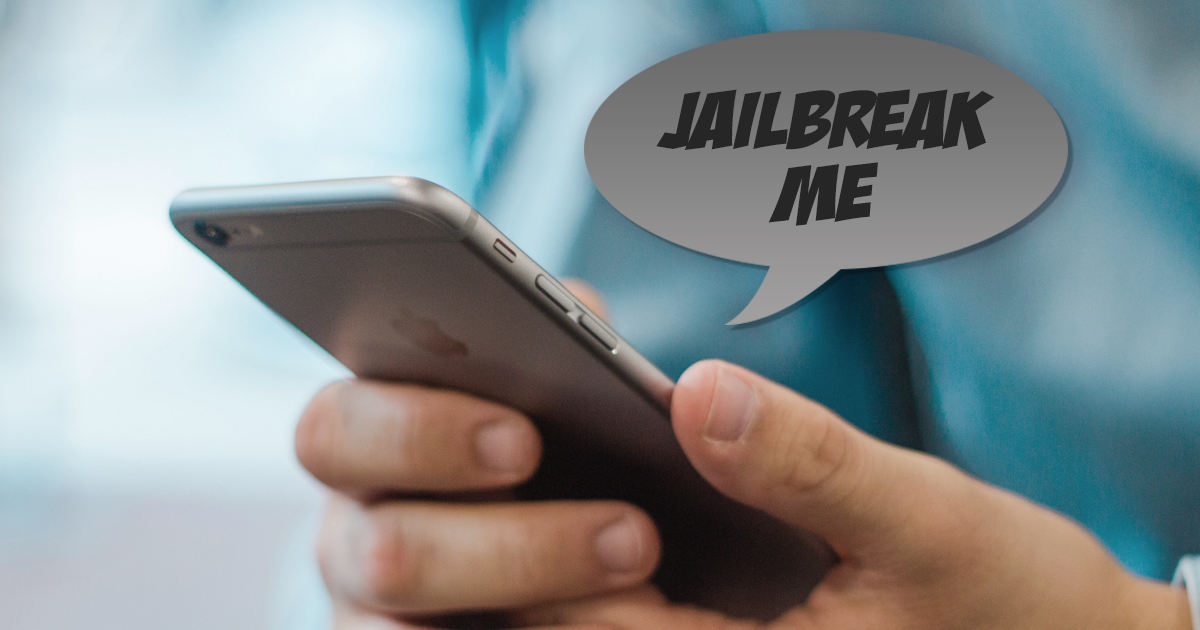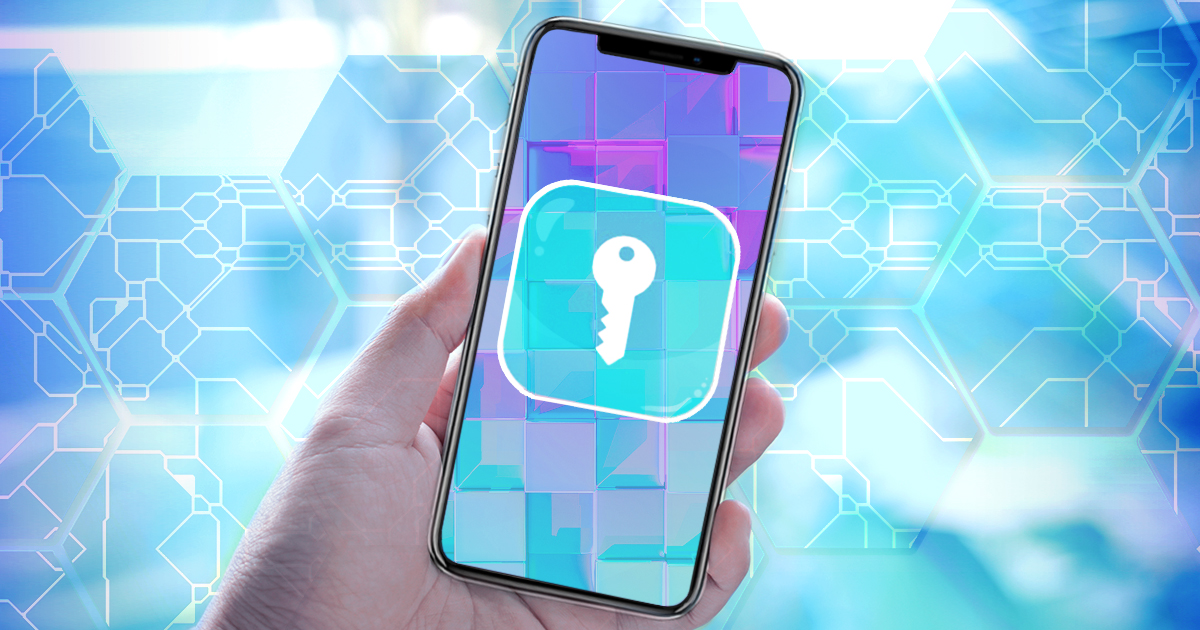July 12th, 2018 by Oleg Afonin
Lockdown records, or pairing records, are frequently used for accessing locked iOS devices. By using an existing lockdown record extracted from the suspect’s computer, forensic specialists can perform logical acquisition of the iOS device with iOS Forensic Toolkit and other forensic tools. Logical acquisition helps obtain information stored in system backups, access shared and media files, and even extract device crash logs. However, lockdown records may be tricky to access and difficult to extract. macOS protects lockdown files with access permissions. Let’s find out how to access the lockdown files on a live macOS system.
Read the rest of this entry »



